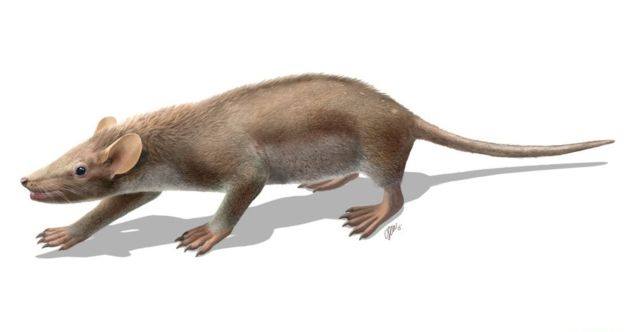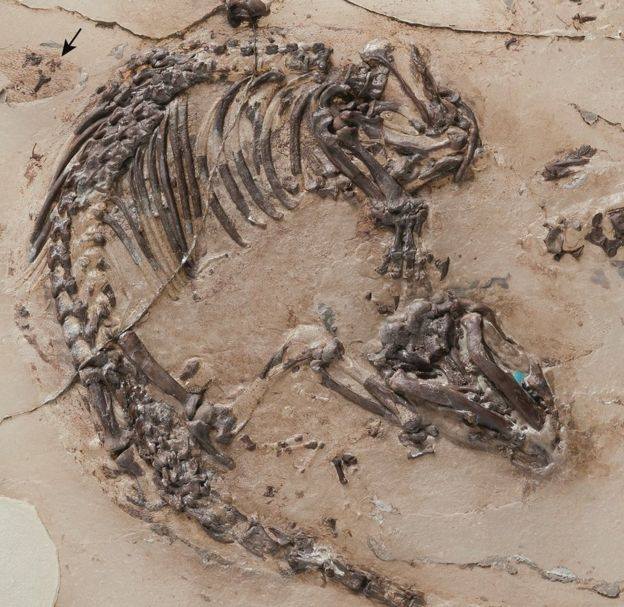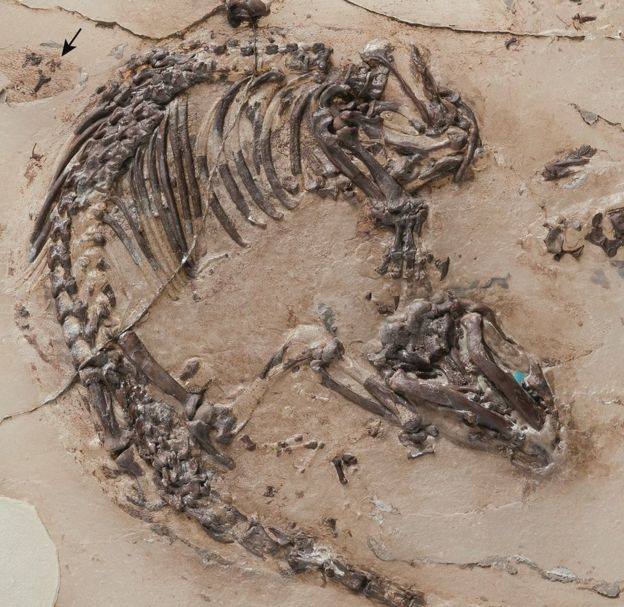Apparently, central Spain is an area where a lot of the creatures that lived millions of years ago on this planet can be found in different shapes.Not only bones and other parts of the animals, but also entire body structures are being found underground and most likely as fossils in this part of the continent.
Recently, a body structure of a mouse-shaped creature was unearthed in Las Hoyas Quarry in Central Spain.Scientists believe that it lived exactly 125 million years ago and it’s been preserved in exquisite detail, providing the oldest known record of hedgehog-like spines and mammalian internal organs.It’s called, “Spinolestes xenarthrosus” and as the Study co-author, Dr Zhe-Xi Luo, from the University of Chicago, US reported: ”Spinolestes is a spectacular find”. He also said: “It is stunning to see almost perfectly preserved skin and hair structures fossilized in microscopic detail in such an old fossil”.
“This Cretaceous furball displays the entire structural diversity of modern mammalian skin and hairs.”
Alongside with its bones, the liver, lung and diaphragm tissues, fur, spines, and scales were found intact.Prof. Thomas Martin from the University of Bonn, Germany, said that it is not so common to find the soft parts, besides the bones and skeletons.It is believed that the creature waged 50-70 grams, had big ears and a pointy face, with a short mane and a soft fuzzy belly
.Even though it looked very cute, as prof. Martin claims, it also had a strong defensive side.”If a predator comes and bites it on the back, then the spines are easily shed and the predator is left behind with a mouth full of spines, so it can escape” said Prof Martin. Also unearthed, from the same site in Spain were small dinosaurs, which were more likely to be the potential predators.Among this one, other former citizens of this area found there, were salamanders, crocodiles, frogs, insects, and birds.”These animals lived in a swampy environment comparable to the modern Everglade system,” added Prof Martin.

source: BBC

